Type of resources
Topics
Keywords
Contact for the resource
Provided by
Years
Formats
Representation types
Update frequencies
-
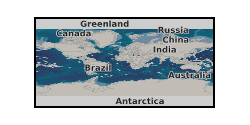
This poster on the UKCCSRC Call 2 project Towards more flexible power generation with CCS was presented at the UKCCSRC Manchester Biannual Meeting, 13.04.2016. Grant number: UKCCSRC-C2-214.
-
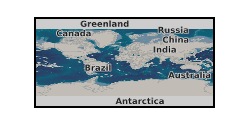
Final report for EPSRC project, Fingerprinting captured CO2 using natural tracers: Determining CO2 fate and proving ownership. Grant number: #EP/K036033/1.
-
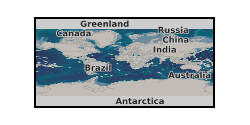
This poster on the UKCCSRC Call 1 project, Oxyfuel and EGR Processes in GT Combustion, was presented at the Nottingham Biannual, 04.08.13. Grant number: UKCCSRC-C1-26.
-
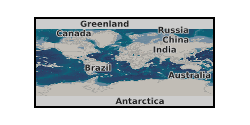
This poster on the UKCCSRC Call 1 project, Tractable Equation of State for CO2 Mixtures, was presented at the Cambridge Biannual, 02.04.14. Grant number: UKCCSRC-C1-22.
-
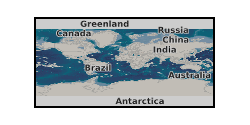
This poster on the UKCCSRC Call 2 project Multiscale Characterisation of CO2 Storage in the United Kingdom was presented at the CSLF Call project poster reception, London, 27.06.16. Grant number: UKCCSRC-C2-197. We combine pore scale digital rock physics, reservoir condition special core analysis, and reservoir simulation to evaluate the performance of CO2 storage for the major target storage regions of the UK. Key objectives: • Develop a dataset of relative permeability and residual trapping for major storage targets in the UK (Fig. 1), obtained experimentally at reservoir conditions • Identify the contribution of pore scale rock morphology to multiphase flow dynamics and dissolution trapping • Use the data in reservoir simulations to update dynamic capacity estimation for UK reservoirs
-
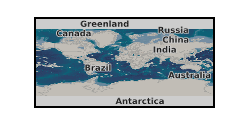
This poster on the UKCCSRC Call 2 project Investigating the radiative heat flux in small and large scale oxy-coal furnaces for CFD model development and system scale up was presented at the CSLF Call project poster reception, London, 27.06.16. Grant number: UKCCSRC-C2-193. Oxy-fuel (coal or biomass) combustion significantly changes the heat transfer properties of power plant furnaces. Thus future power plants using oxy-fuel technology will rely greatly on computational modelling. This project aims to collect combustion and heat transfer data from both small and large scale furnaces and to validate the computational model in order to make it ready for future technology scale up. Specific objectives are: • Take measurements at the 250 kW oxy-coal furnace at PACT national facilities in Sheffield, including combustion and heat transfer data. • Take measurements at a 35 MW oxy-coal furnace in China. • Validate CFD models developed and investigate the combustion and heat transfer properties in both large and small furnaces.
-
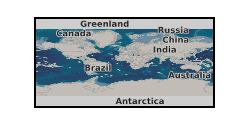
This poster on the UKCCSRC Call 1 project, Determination of water Solubility in CO2 Mixtures, was presented at the Cambridge Biannual, 02.04.14. Grant number: UKCCSRC-C1-21.
-
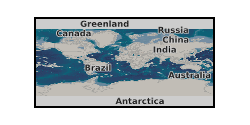
This poster on the UKCCSRC Call 2 project Novel reductive rejuvenation approaches for degraded amine solutions from PCC in power plants was presented at the CSLF Call project poster reception, London, 27.06.16. Grant number: UKCCSRC-C2-189. Aqueous amine scrubbing is currently considered to be the best available technology of carbon capture for both pulverised fuel and natural gas power plants. A major problem is the thermo-oxidative degradation of chemical amine solvents used, leading to a range of operational problems and the generation of large quantities of hazardous aqueous waste. However, no existing technologies are able to effectively deal with these problems particularly the handling of the toxic waste solvent streams. The conversion of the degraded amines back to usable solvents or saleable products has been regarded as a novel effective way for cost reduction.
-
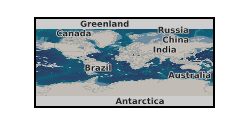
This poster on the UKCCSRC Call 2 project, Quantifying Residual and Dissolution Trapping in the CO2CRC Otway Injection Site, was presented at the Cranfield Biannual, 21.04.15. Grant number: UKCCSRC-C2-204.
-
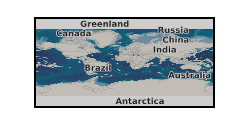
This poster on the UKCCSRC Call 2 project, Investigating the radiative heat flux in small and large scale oxy-coal furnaces for CFD model development and system scale up, was presented at the Cardiff Biannual, 10.09.14. Grant number: UKCCSRC-C2-193.
 NERC Data Catalogue Service
NERC Data Catalogue Service